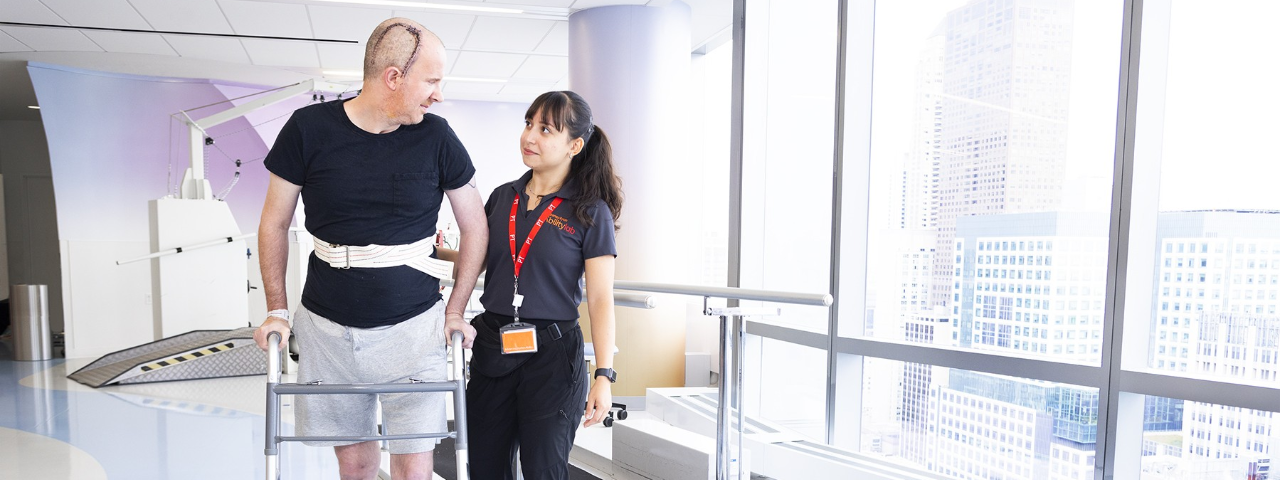A shift in approach delivers a dose of hope
Body
Pain has always played a role in Kristen Willard’s life. She was born with a congenital defect in her back — a fusing of two vertebrae that made her more susceptible to back injuries. She first hurt her back at 16 and has had ongoing issues with back pain since then.
“The pain has ebbed and flowed my whole life,” says Willard, 44, who lives in Downers Grove. “It got so I could almost feel it coming on — like, ‘Oh, my back’s going to go out.’ I would do something as simple as put a spoon in the dishwasher, and I’d be out for days.”
Willard has tried everything from seeing doctors and chiropractors to taking medication and doing exercises. But after she turned 40, the pain got even worse.
“The pain never left, and it was totally debilitating to me,” says Willard, who eventually had to quit her job because of the pain. “It affected my kids and our whole house. … I didn’t really complain about it, but my family could see it and feel it.”
One in five adults in the U.S. is living with chronic pain, according to the Centers for Disease Control and Prevention (CDC). In the past, opioids were one of the front lines of defense. But the overprescribing of opioids has led to widespread misuse, addiction, overdose and death.
Because of the opioid epidemic, physicians are looking at ways to treat chronic pain without narcotic pain medications. And attitudes and treatments are changing, to the ultimate benefit of the 50 million Americans who face this kind of unrelenting discomfort.
Understanding pain
Say you sprain your ankle — a relatively uncomplicated injury. Your body’s nervous system triggers pain sensations to let you know that you may be hurt and to help you avoid further injury. As your ankle heals, your pain recedes. That’s tissue-related pain, and it often resolves.
Other pain, called central sensitization pain, can occur when your body’s nervous system keeps sending pain signals to your brain — even in the absence of tissue injury. This is the kind of pain that’s linked with conditions like fibromyalgia and chronic fatigue syndrome.
Whether your pain is tissue-related or complex, chronic pain is defined as pain that occurs on most days within the past six months, according to the CDC.
Chronic pain is more prevalent than people realize because most people don’t talk about it, says Shana Margolis, MD, an attending physician at Shirley Ryan AbilityLab’s Pain Management Center.
- The most common types of chronic pain include:
- Headaches/migraines.
- Low back pain.
- Osteoarthritis.
- Neurogenic pain, or pain caused by nerve damage.
- Central sensitization pain.
To read the full story, visit Chicago Health Online.

